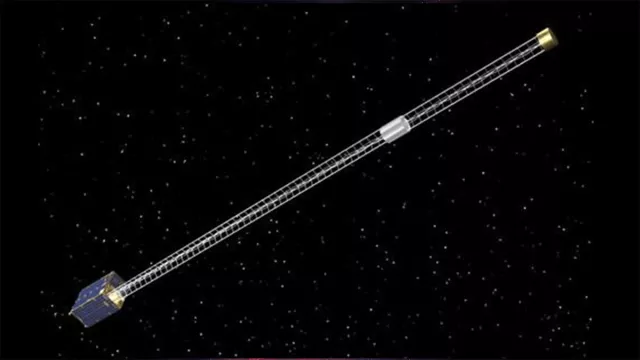Denmark’s first-ever satellite launched in 1999, Oersted spent over a decade mapping Earth’s magnetic field. CNES contributed science expertise to the mission.
Key information
Key figures
- 62 kg: satellite mass
- 8 m: length of satellite’s boom
- 2 instruments
- 5 instrument subsystems
Key milestones
- 22 June 2013: Oersted stops measuring Earth’s magnetic field
- 23 February 1999: Launch of Oersted by Delta II
Project in brief
Oersted is a 62-kilogram microsatellite carrying a scalar magnetometer and a vectorial magnetometer at the end of its 8-metre boom. The data from these two instruments have been used in many models of Earth’s magnetic field, for example enabling scientists to explore motions inside our planet’s liquid core and magnetic anomalies in its lithosphere, and to record that the magnetic North Pole is shifting at an accelerating rate.
In addition to the magnetometers, six charged particle detectors on the satellite’s ‘body’ have spurred new studies of the interactions between Earth’s magnetosphere and the solar wind, as well as of phenomena like the aurora borealis and magnetic storms.
CNES’s role
Oersted was launched on 23 February 1999 by a Delta II vehicle from Vandenberg Air Force Base (VAFB), California. NASA, ESA, the German space agency DLR and CNES contributed science expertise to the mission. CNES supplied the scalar magnetometer developed by the LETI electronics, technology and instrumentation laboratory at CEA, the French atomic energy and alternative energies commission.
Contacts
Internal Geophysics, Geodynamics and Geodesy subject matter expert
Felix Perosanz
E-mail: felix.perosanz at cnes.fr


